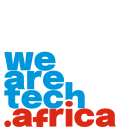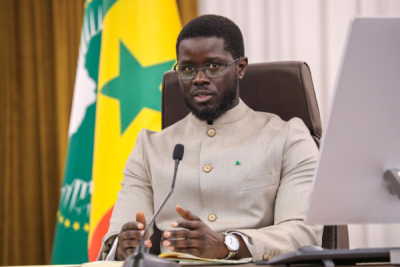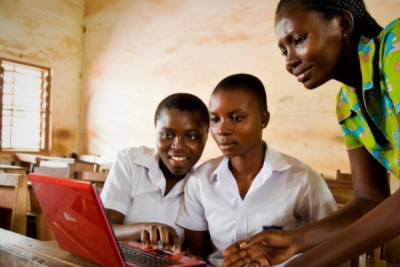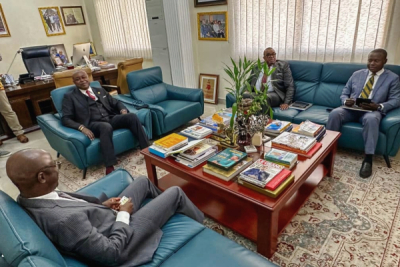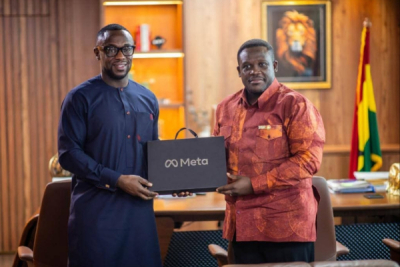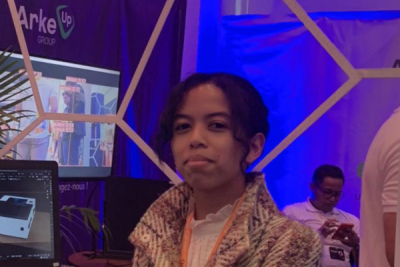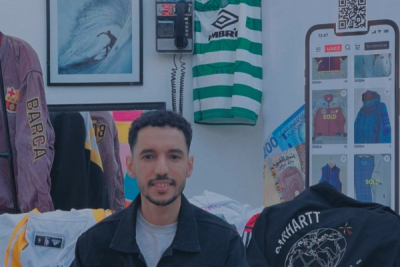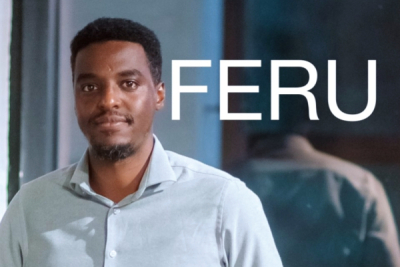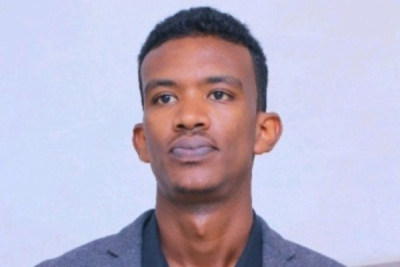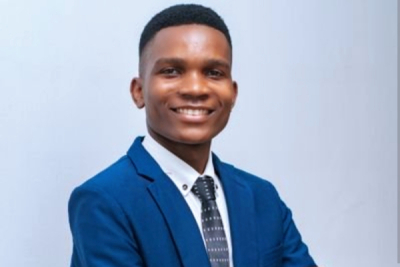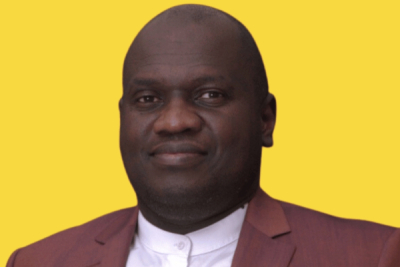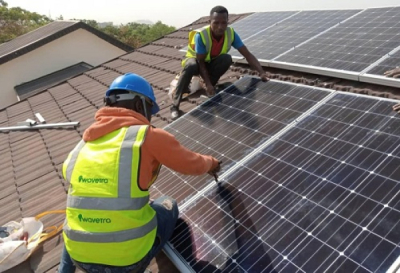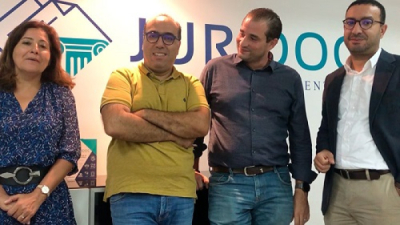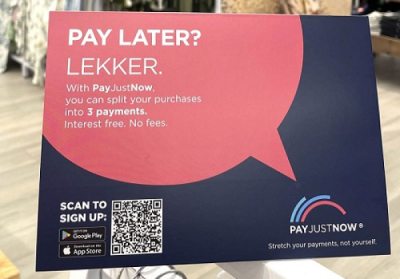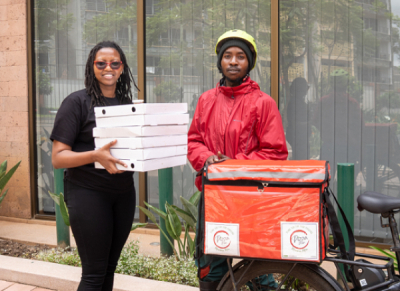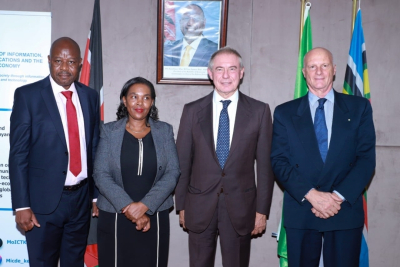Digital technologies are significantly revolutionizing agriculture, impacting every stage of the value chain from production to marketing. Therefore, it's crucial to focus on improving funding to facilitate this transformation.
Orange, in partnership with the European Union and the German Cooperation (GIZ), recently announced the launch of "DigiGreen & Agri," an ambitious project aimed at enhancing the use of digital technology in the cocoa sector in Côte d'Ivoire.
This ambitious partnership benefits from joint funding of 7.6 million euros and will be implemented over three years, with the main objective of creating jobs for youth in digital agriculture or e-agriculture. The focus is particularly on young people from rural areas, women, girls, and individuals with disabilities, through the Orange Digital Center in Côte d'Ivoire.
Jérôme Hénique, CEO of Orange Africa and Middle East, explains: “The Orange Digital Centers serve as crucial catalysts for this transformation, providing a free and open innovation ecosystem accessible to all, with a special focus on youth, women, and vulnerable individuals. Collectively, we are rising to the challenge of constructing an inclusive digital future that respects the environment, paving the way for a more sustainable and prosperous economy.”
The DigiGreen & Agri project is part of the efforts and the desire of the European Union to strengthen smart, clean, and secure links in the digital sector, one of the pillars of the Global Gateway Strategy. This strategy aims to mobilize up to 300 billion euros to develop international cooperation in the fields of digital technology, energy, and transportation.
In Côte d'Ivoire, the implementation of the new project should contribute to the improvement of professional skills, the promotion of entrepreneurship, and the modernization and innovation of sustainable agriculture sectors, low-carbon transition, and corporate social responsibility. The project will also contribute to the evolution of the cocoa sector, which accounts for 22% of the GDP and employs 50% of the active workforce, but receives only 5% of bank financing.
Samira Njoya
